The first thought comes in the mind after hearing the word Haldighati is the few lines from the epic poem of Shri Shyam Narayan Pandey with the same name “Haldighati”. The lines are:
चेतक बन गया निराला था |
राणा प्रताप के घोड़े से
पड़ गया हवा का पाला था ||
He beautifully describe the Battle of Haldighati, fought between the forces of Rajput Warrior Maharana Pratap and Mughal Emperor Akbar, in this poem. The above four lines are about the famous horse of Maharana Pratap, who sacrificed his life while serving his master. Chetak,that horse, is a well known hero of that battle. Apart from that famous battle, this remote village of Rajasthan, has no place in the history books.
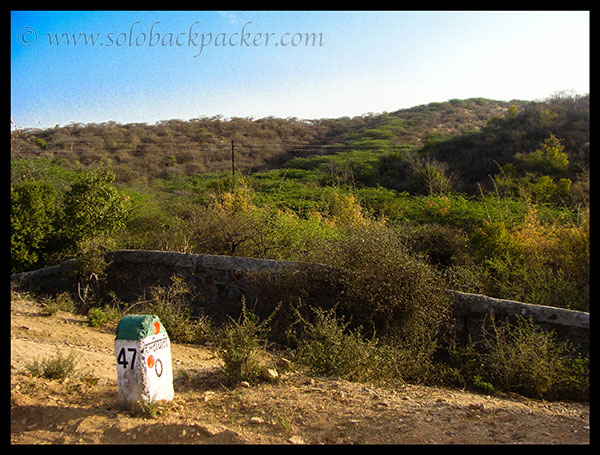
How to Reach Haldighati? Haldighati is a remote village, off the main highway in Rajsamand district of Rajasthan. It is about 40 kms from Udaipur. Udaipur is a major city connected to the many parts of India by Rail and Air. After reaching Udaipur, Haldighati can be easily reached by the public buses or hired vehicle. Haldighati lies on the route between Udaipur-Eklingji-Haldighati-Kumbhalgarh-Ranakpur, all are famous tourist hotspots in the region. Therefore by using a hired vehicle or own vehicle, all these places can be covered in a single day.
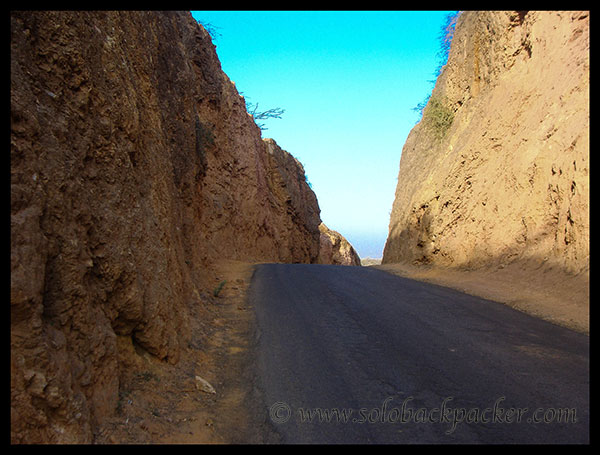
The Battle of Haldighati: The battle of Haldighati is one of the most important chapter of the Indian History. In that battle of 1576 A.D., 1200 gurilla soldiers led by Mewar pride Maharana Pratap fought fiercely with the strong Mughal Army of 40000 soldiers led by Raja Man Singh.
Maharana Pratap was the ruler of Mewar, who never accepted the slavery of The Mughal Emperor Akbar and always considered him as an invader. In 1576, a strong Mughal Army led by Man Singh marched towards Haldighati Pass, a narrow pass in the Aravali Hills surrounded by thick forest and thorny bushes. The relatively lesser members of Pratap’s Army decided to fight a Gurilla war and forced Mughal Army to move towards an open battleground. A fierce battle was fought in a open battleground and lot of blood were poured turning the battlefield in a pool of blood, that is now known as Rakt Talai.
During that war, Pratap was injured severely. To save his precious life, Mana Jhala put the royal envisage on his head and allow Pratap to flew from the battleground. Mughal army attacked on Mana Jhala mistaking him as Pratap. Mana Jhala sacrificed his life in the battlefield. On the other hand, the loyal horse of Pratap, Chetak, also got severe injuries, while moving away from the battlefield. Despite of all its injuries, Chetak carried his master away from the battlefield safely and finally felt down on the ground while jumping over a stream and died in the lap of Pratap. That very spot has a samadhi (tomb) of Chetak now. It is a great tribute to the horse who served his master till the last breath.
Nobody was the clear winner in the battle of Haldighati. Thereafter, Mahatma Pratap lived larger part of his life in the forest, where, sometimes, his children were forced to eat the chapatis (bread) made of grass. He never accepted the monarchy of Akbar and fought in his entire life using gurrilla war techniques.
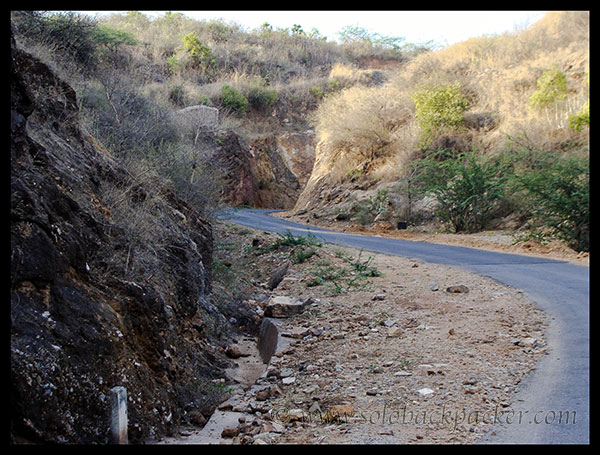
Present Day Haldighati: In the course of time, all the blood has been washed away and the great battle became a part of the history. Haldighati pass is still a narrow pass, but a well paved road, in the Aravali hills surrounded by the forest of thorny bushes. The soil of Haldighati is in turmeric yellow color, the reason behind its name Haldighati (Haldi:Turmeric).


Badshahi Bagh: Two kilometers before the pass is the site of Badshahi Bagh, where Mughal Army set up their tents, when they realized that it would be very difficult to face Pratap’s gurrilla army in the fierce battle. Badshahi Bagh is now an ASI protected area having a large platform made of stones and surrounded by beautiful flowers all around.
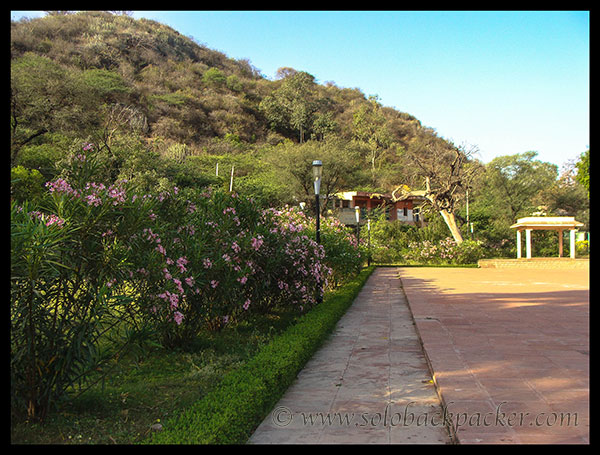
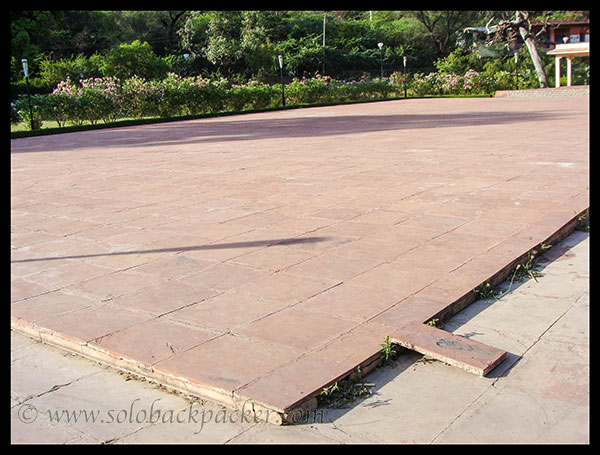
Cultivation of Chaitri Roses: The area around Badshahi Bagh is now famous for the cultivation of roses, specially “Chaitri Roses”. These roses are a breed of pink rose, which only bloom in the month of March-April, the Hindu month Chaitra, hence the name. The farming of these roses are at very large scale in Haldighati. These roses are basically used in the production of scent, sharbat, rose juice, gulkand and rose water.
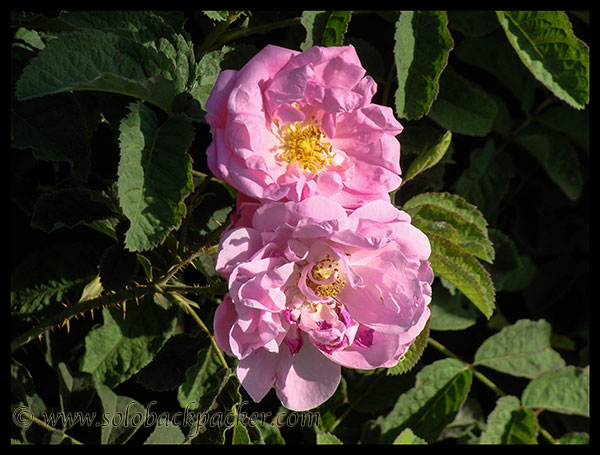
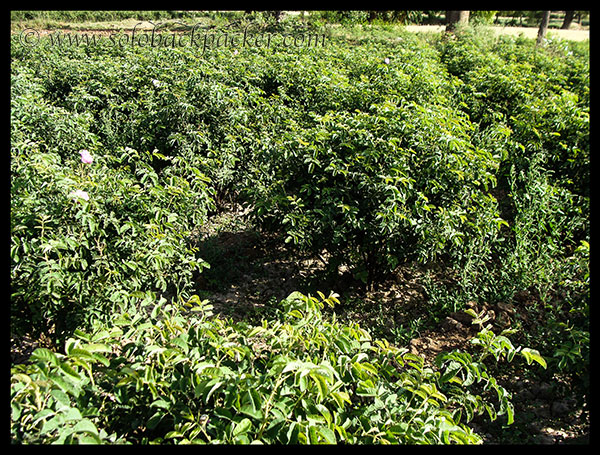
There are lot of shops along the road near Badshahi Bath, selling the products made of Chaitri Roses.They are really genuine product at reasonable prices and definitely worth buying. A shopkeeper took me to his farm of the roses to show me the flower an its plantation. They even arrange home delivery of these products on the request.
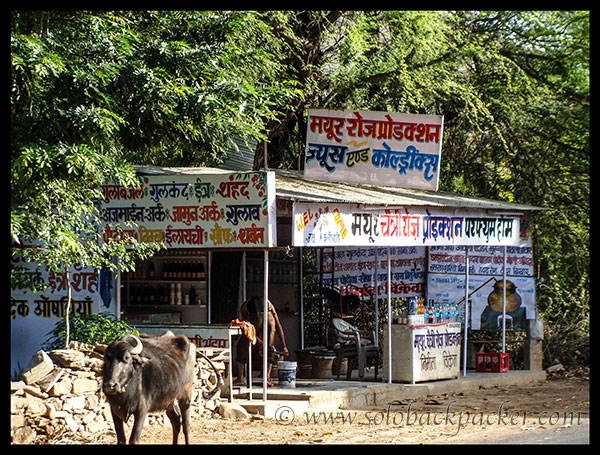
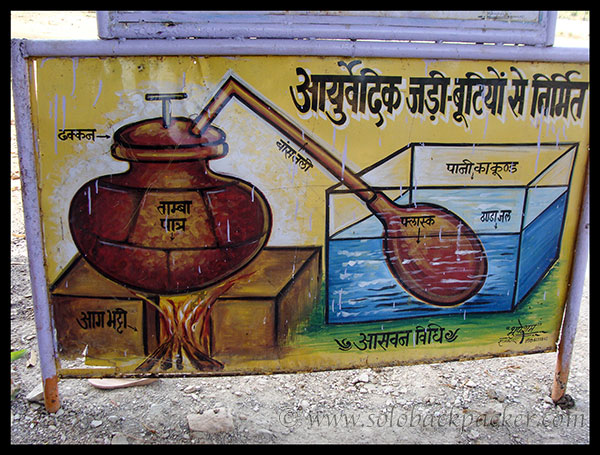
Chetak Samadhi: Approximately one km from the Haldighati Pass, there is a samadhi (tomb) of Chetak, along the main road. This memorial was built in the memory of the supreme sacrifice that loyal horse made while saving the life of his master. The samadhi complex has Chetak’s grave surrounded by the floral garden, which is nicely maintained.
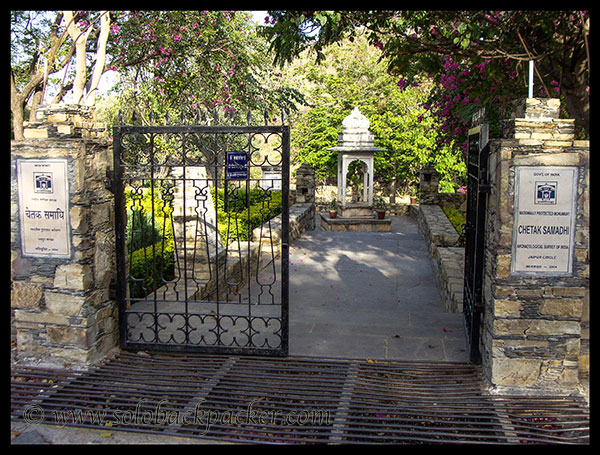

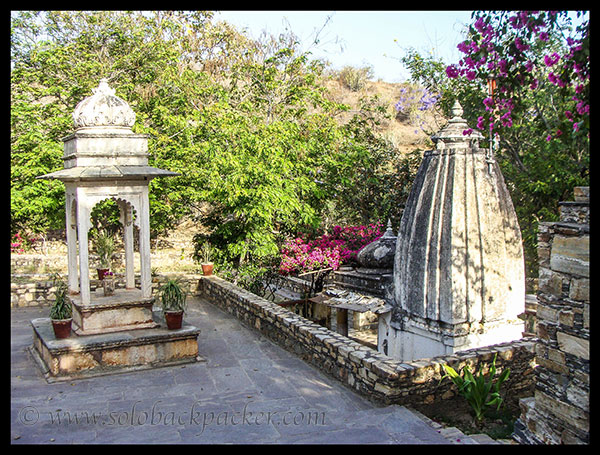
Maharana Pratap Haldighati Museum: Moving 2 kms ahead of Chetak Samadhi, there is a fort like structure on the left side of the road. This is not a fort, but a museum actually. Maintained by Shri Mohan Lal Shrimali as a private museum, it showcased the entire battle of Haldighati and life of Pratap through the paintings and pictures. The entry fee to the museum is INR 20.
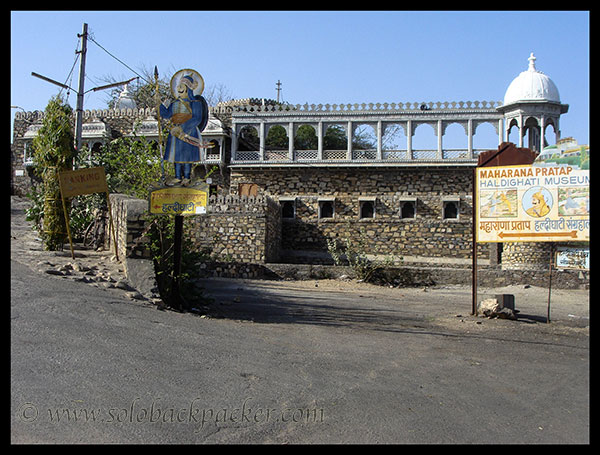
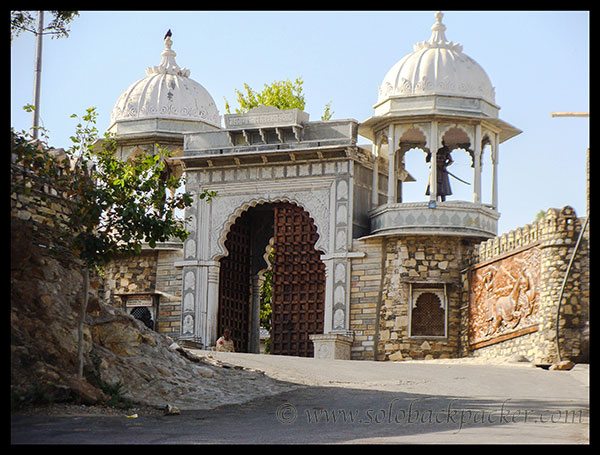
After visiting the museum of Maharana Pratap, I continued on the same road leading to the mighty fort of Kumbhalgarh and further to the famous Jain Temples of Ranakpur.


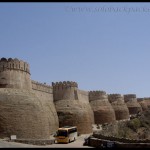
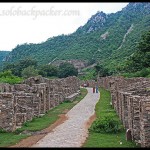
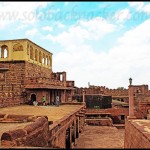
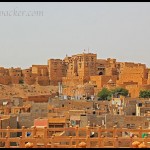
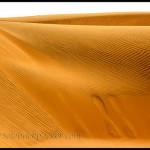

Beautiful post. This story of chetak really makes me emotional especially when I heard Maharana pratap singh cried only once in his life during the last moments of chetak
Awesome blogs…. Bro next time whenever you are going it will be a great opportunity for me to learn something great.. I want to join you.
Thanks bro…Hope to join you somewhere on the road.
a place must to be seen by every patriotic person of country.